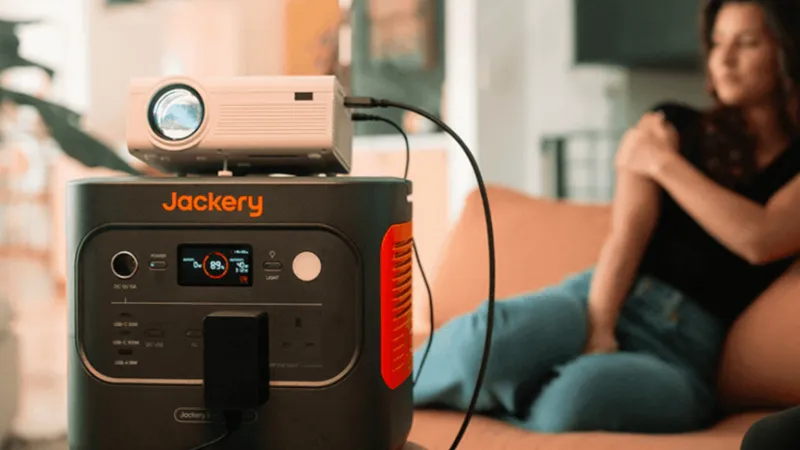
Currently, casinos collect a significant amount of data from every game and customer interaction. When operators display test results, they typically include live tracking data on non GamStop casino pages.
RFID tags, IoT cameras, and video track people's bets, length of stay, and moves. The data in this category is handled by stream-processing systems, which use it to obtain low-latency numbers, such as queue level, session time, and bet irregularity.
For teams, those numbers become guidelines that dictate when to relocate workers, award raises, and request repairs. It has been demonstrated in public forums and platform talks that these methods increase dwell time, boost food and beverage sales, and enhance device usage when used and tracked over time.
Live telemetry and sensor-driven insights
One data layer comprises RFID tables, slot event logs, motion sensors, and heatmaps generated by cameras. Many location specifications on non GamStop casino sites discuss these topics.
RECOMMENDED FOR YOU

Sweet Bonanza slot game trends and funding strategies for UK casino startups
Startup Rise
Sep 12, 2025
Events with timestamps feed time-series engines that provide alerts for problems with devices, congestion, and unusual queuing. Operators set up automatic actions to deal with recognised hotspots, such as moving floor hosts, opening different entrances, or adding temporary games.
Compared to static staffing schedules, measured pilots demonstrate that these rapid responses reduce average wait times, increase time spent on devices, and increase per-guest spending. Operators utilising casino non GamStop testbeds indicate expedited integration cycles for sensor stacks, often guided by insights from real user reviews of PayPal non-GamStop casinos.
Mapping customer journeys in the moment
Operators tie together device events, transactions, and loyalty identifiers into per-session timelines, so that every touchpoint on-site is accessible within minutes. Several residency and aftershow providers list journey-mapping tools on non GamStop casino event pages.
A single-session profile connects physical encounters and digital touchpoints, allowing decision engines to determine whether to deliver an on-site offer, inform a VIP host, or expedite a service ticket.
Real-time session stitching boosts conversion since guests get help while they are still on the site. When trip mapping facilitates quick operational actions, quantified deployments result in more bookings, faster service resolution, and increased ancillary income.
Triggered offers and micro-personalisation
Rule engines check live event streams against set thresholds to send contextually appropriate incentives. Many venues highlight micro-personalisation as a feature on casino non GamStop aggregator pages.
When specific measures, including sustained play, bet cadence, or switching games repeatedly, meet particular requirements, systems provide smartphone alerts, kiosk messaging, or host-initiated rewards within seconds.
A/B experiments across pilots show that incentives given immediately and based on behaviour lead to significantly higher redemption rates and additional spending than ads that are postponed. The operational benefit is obvious: just-in-time offerings turn temporary floor signals into real revenue increases.
Predictive models and anomaly detection
Predictive analytics utilises historical cohorts and streaming data to forecast churn, lifetime value, and high-yield periods. Many teams initially test these models in casino non GamStop pilot setups to speed up the process of making changes.
The sequence models provide live session scores to detect likely departures and high-value play that is about to happen. This allows staff to send retention packages or VIP touches before clients leave. Unsupervised anomaly detectors work in conjunction with predictors to identify changes in transaction and device streams, and send any suspicious trends they detect to fraud teams.
Utilising operational tools enables the implementation of automated interventions and dashboards. These demonstrate meaningful gains in retention. Operators that use casino non GamStop testbeds say they get fewer false positives when behavioural and contextual variables are added.
Implementation Roadmap for Startups
Starting small is still the best way to achieve success in the non GamStop casino market, even for new businesses. Set a clear goal based on data, and start by listing the most influential KPIs. Then, set up a place to collect real-time data, like a test slot machine or an online game feature.
Practise for a short time: Webs98 suggests making changes in camera angle or watching how many people are at one table to see what happens. Look at what happened, keep doing what works, and keep trying new things.
After someone becomes familiar with the effects of the stack, that person can gradually add sensors, tools, and CRM connections to the stack. This step-by-step method, pilot, measure, modify, and scale, helps any firm securely obtain real-time statistics that are just as accurate as those used in casinos.


 Follow us
Follow us Follow us
Follow us













